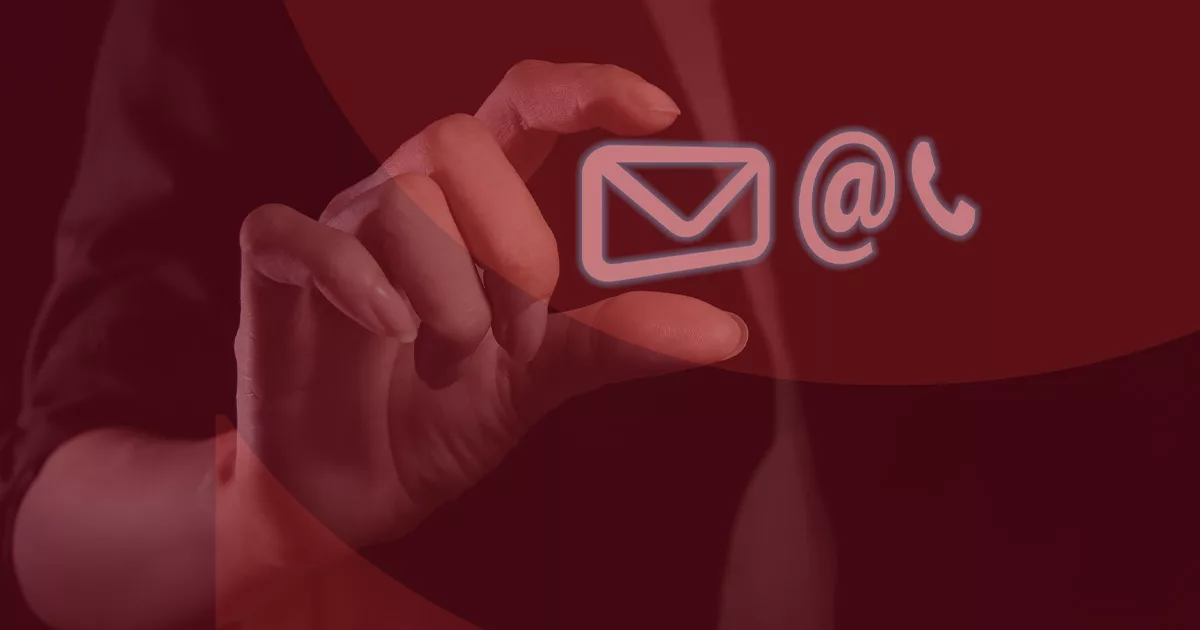By Isabelle Robinson
In the dynamic world of public relations, forging strong connections with reporters is essential to our success. While stepping out of our virtual comfort zones can be daunting, embracing face-to-face interactions opens up a world of possibilities for expanding our professional networks. By cultivating genuine relationships with journalists, we gain access to invaluable sources for pitch ideas, establish go-to contacts for tailored client coverage, and even secure a lifeline when we need last-minute publicity.
The first step involves a bit of research. Look at your client list and identify outlets you in which you want coverage. I find it helpful to build a realistic list of “targets” and “reach” outlets to pitch. A “target” is an outlet that you determine is the right fit for your client’s needs and the exposure they would have as a company. A “reach” is an outlet that is more difficult to get coverage in, due to high selectivity. As a young PR professional, reaching out to senior reporters can be intimidating. The solution is also finding young reporters who may be around the same age as you and that have similar interests. For this process, LinkedIn is your best friend. It is a great tool for finding reporters in your area, seeing what they are interested in covering, and what they like to do in their spare time. Once you have crafted a tailored list of reporters to reach out to, it is time to make the connection.
Cold emailing someone you have never met can be unsettling, but there are ways to make reaching out less awkward for both parties. Being well-versed in the reporters’ previous work, will prove valuable in establishing a future professional relationship. Without doing the proper research, the interaction will appear merely transactional. Explain why you think their work would mesh well with what your client is doing, by citing examples of their writing that have stood out to you. Breaking the ice is half the battle!
After you build up a virtual correspondence with a reporter, the next step is planning an in-person meeting. Reporters are exceptionally busy, so learn to be flexible with their time and find a “fun” activity or a place of their choosing where to meet up. These do not just have to be for coffee or drinks. Conduct research as to their hobbies before suggesting a meeting. Look into what interests them – perhaps they would just like to take a break and just sit on a park bench or eat gelato, or take a walk down a new and unfamiliar street. Developing a camaraderie with a reporter will surely help a budding relationship. It is worth noting at some reporters still prefer meeting over Zoom, which should not deter you from putting a call on the books.
Once you have built a relationship with a reporter, it is essential to nurture it. Do not solely reach out to them when you want something covered. On the flip side, it is unnecessary to send them inane “what’s up?” emails every other week. Keep the contact meaningful. For example, if you see something online that they previously mentioned, you can send them a link with a small note. Or if you see a news item, unrelated to your client, but still of potential interest to the reporter, forward that link. If they have posted a big life update on LinkedIn, congratulate them. Show your support without being overbearing, and they’ll be more likely to keep you in mind next time they need a source or quote.
Embracing the art of relationship-building is a cornerstone of a thriving PR career, offering endless opportunities for growth and lasting professional connections. As someone who has just embarked on this exciting journey, I’ve already experienced the immense value of venturing beyond my comfort zone to forge meaningful bonds with journalists. So, whether you’re an eager intern or a seasoned Vice President, it’s time to push away from your desk, and create your success story by actively connecting with reporters. The future of your PR career is in your hands – make the most of it, starting today.






